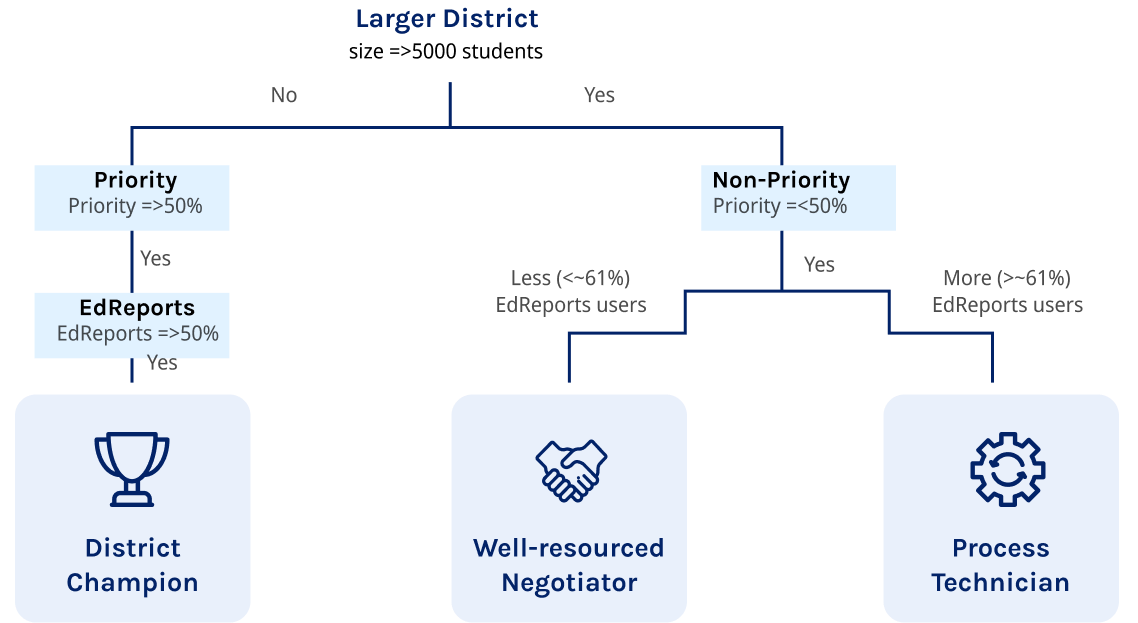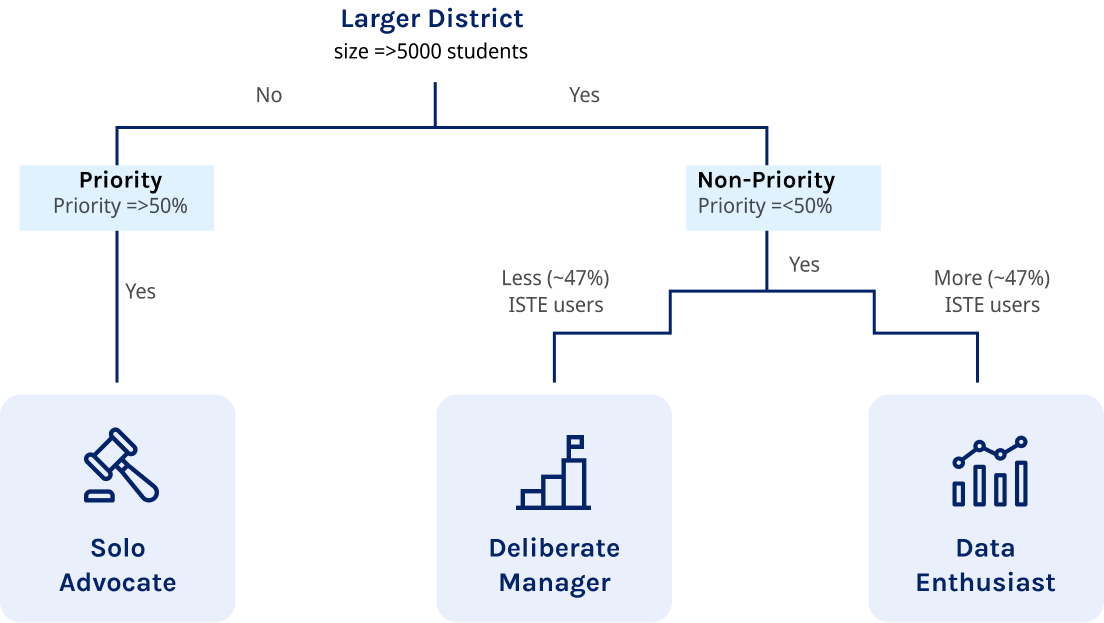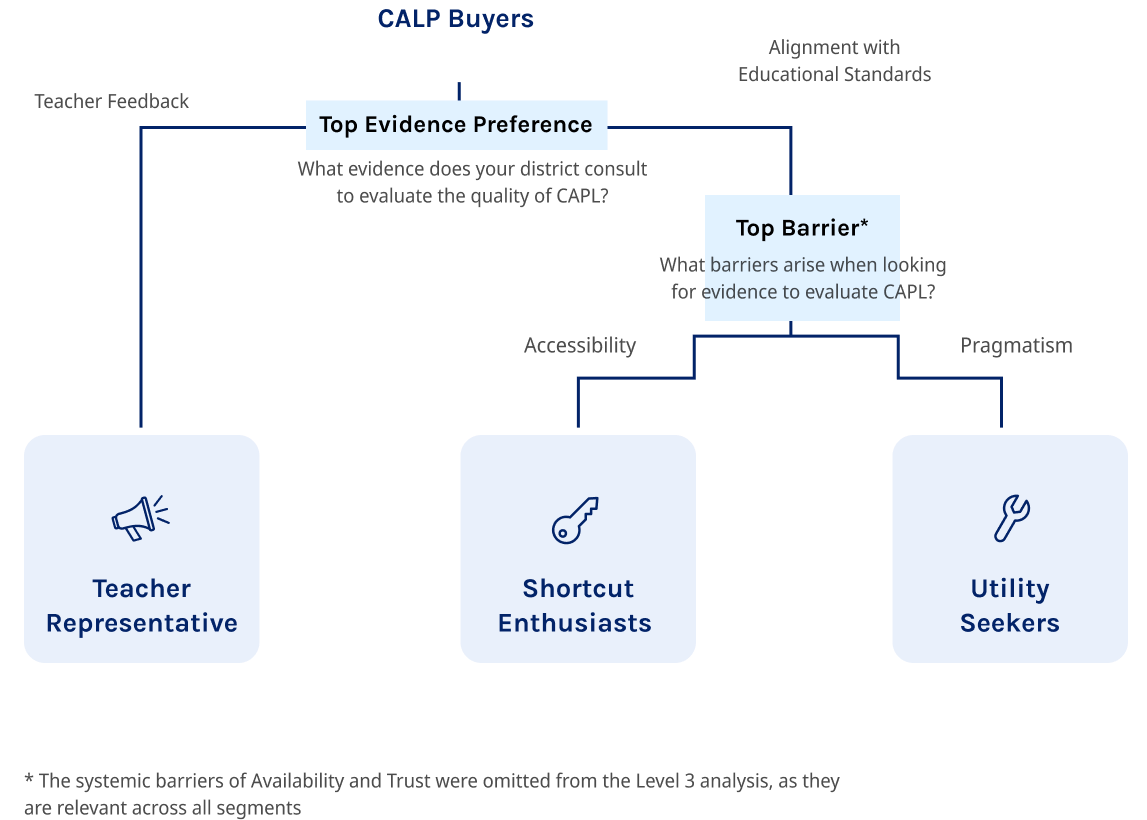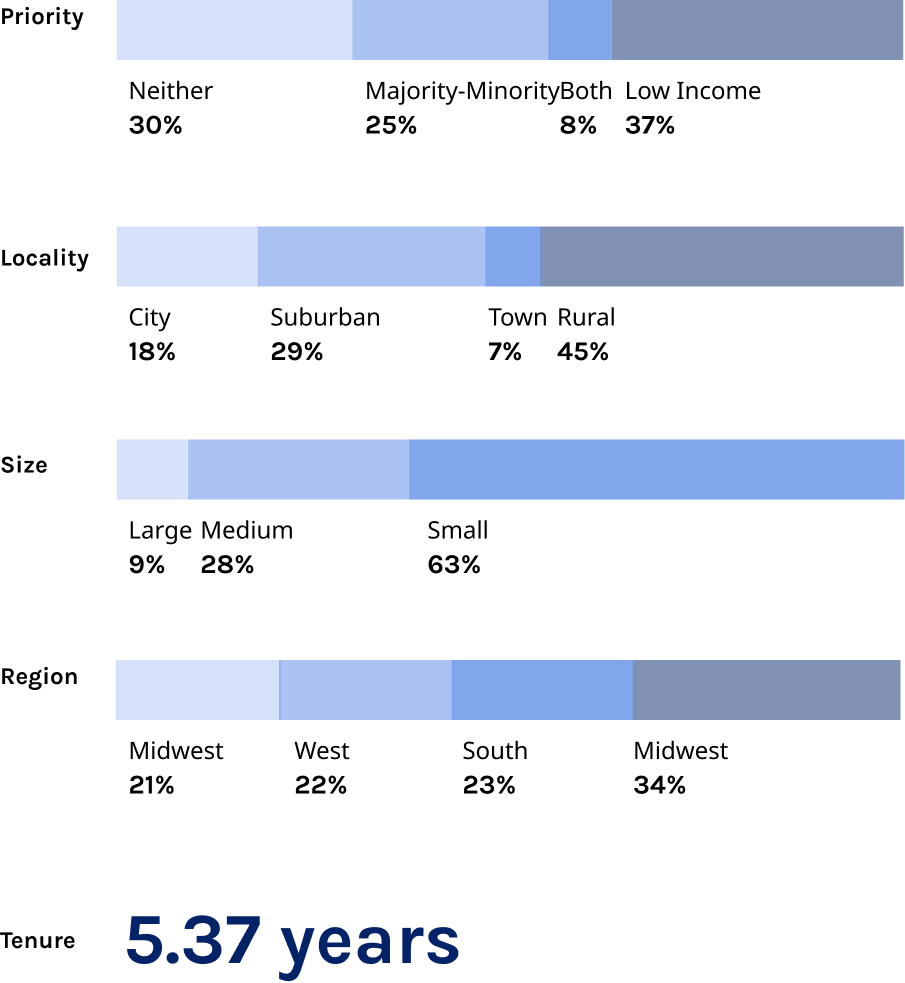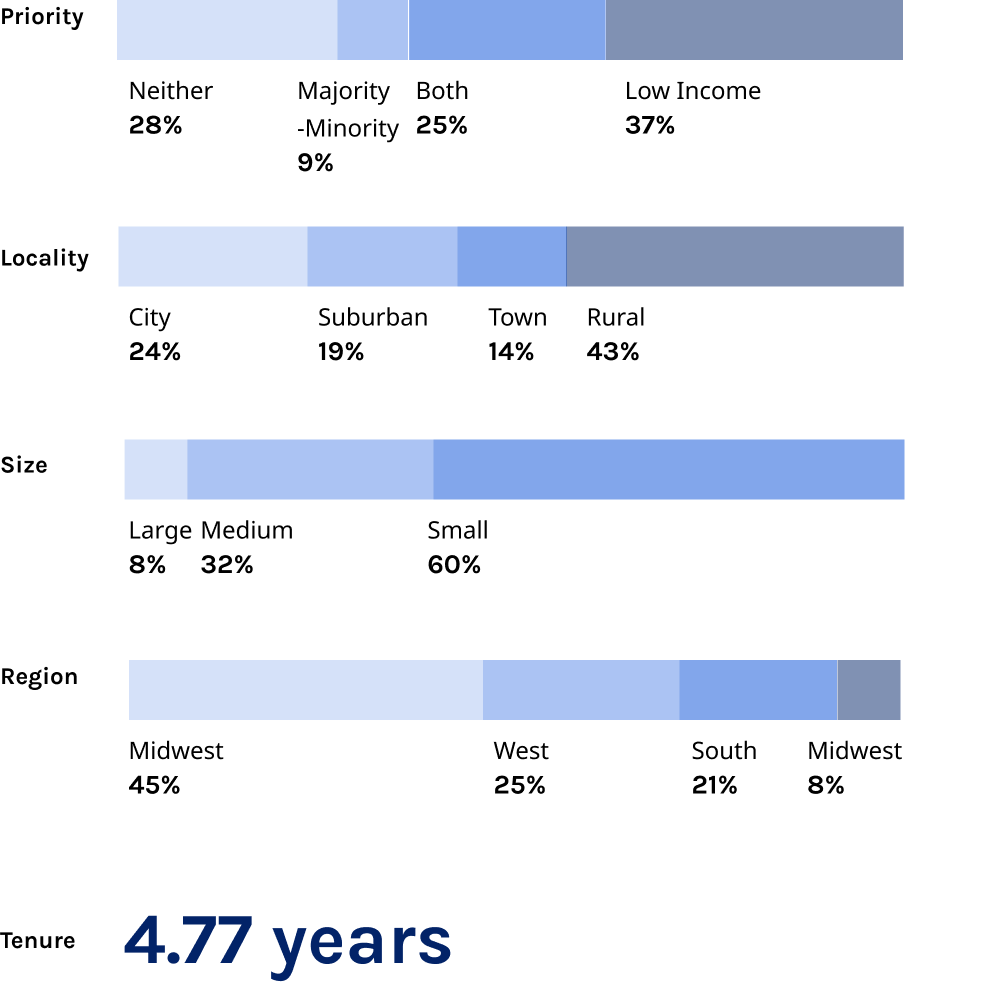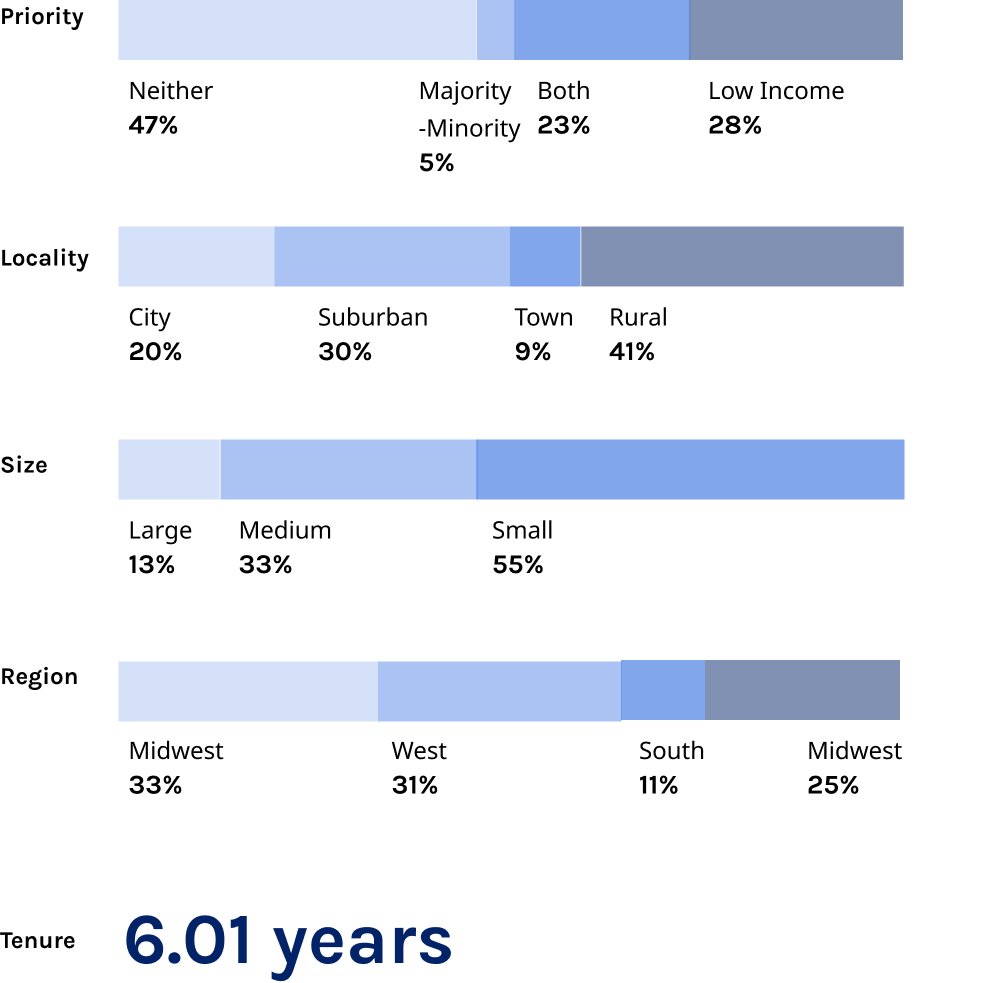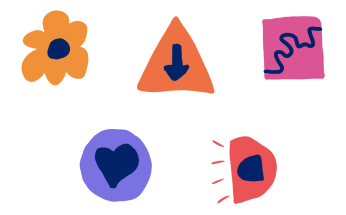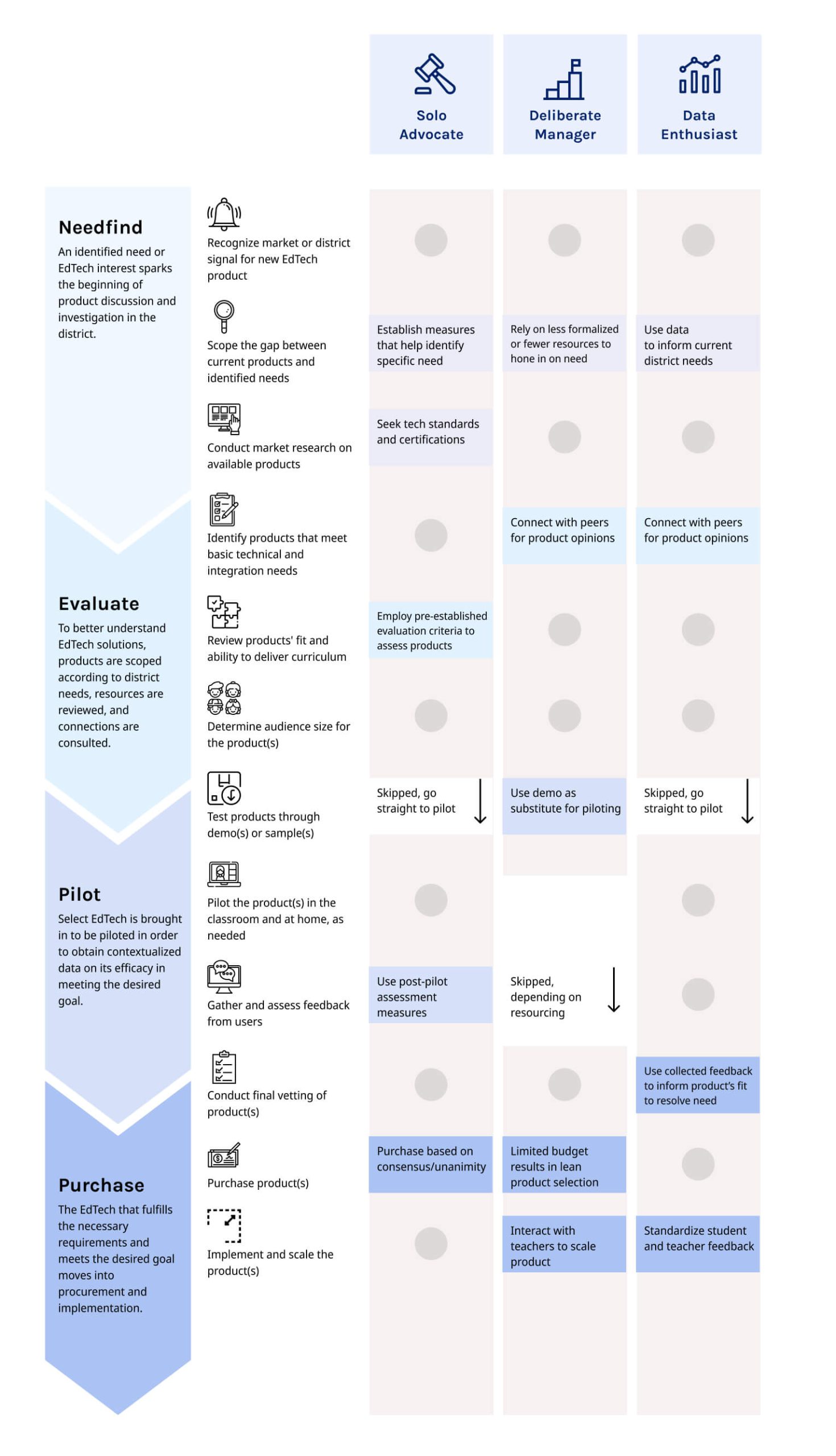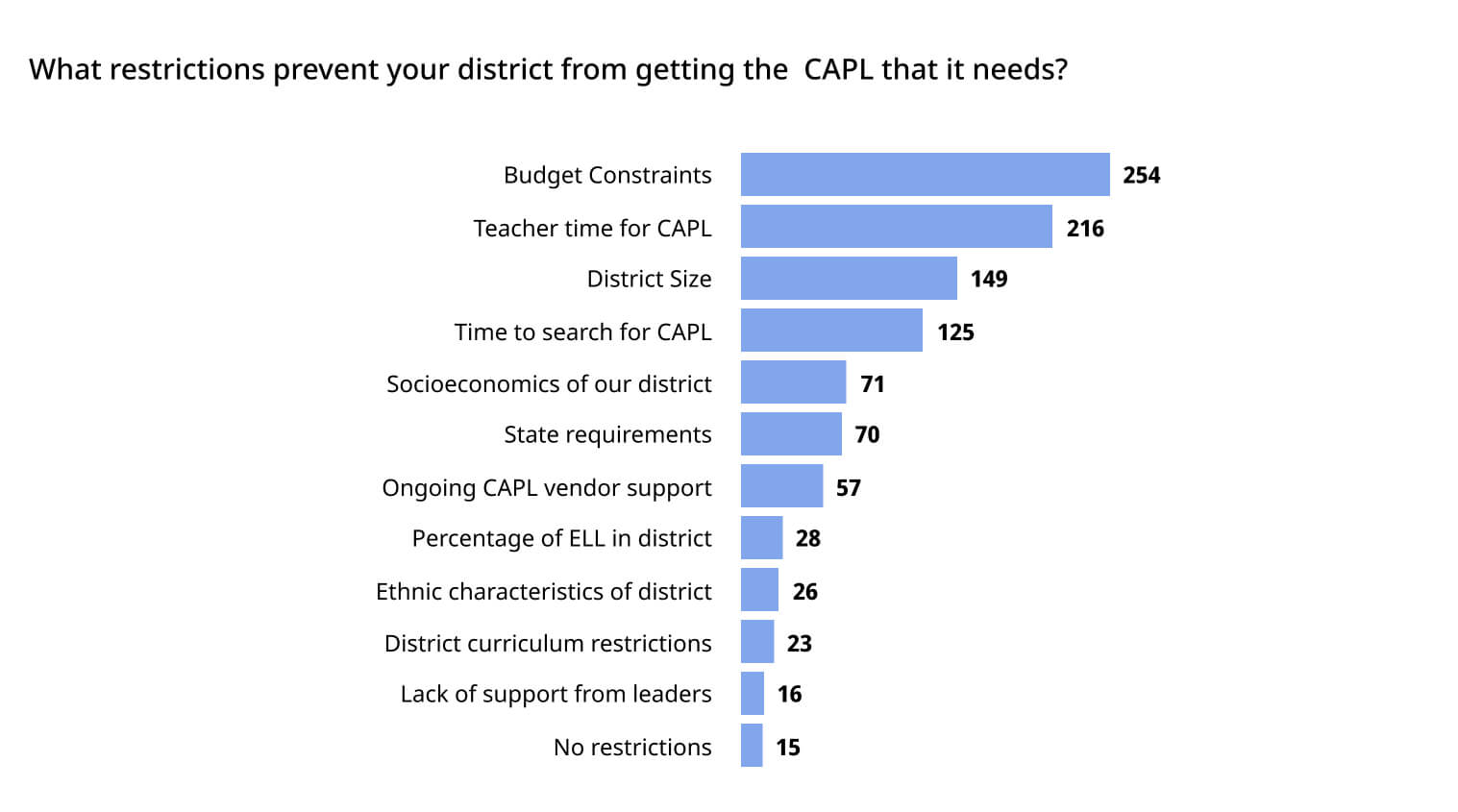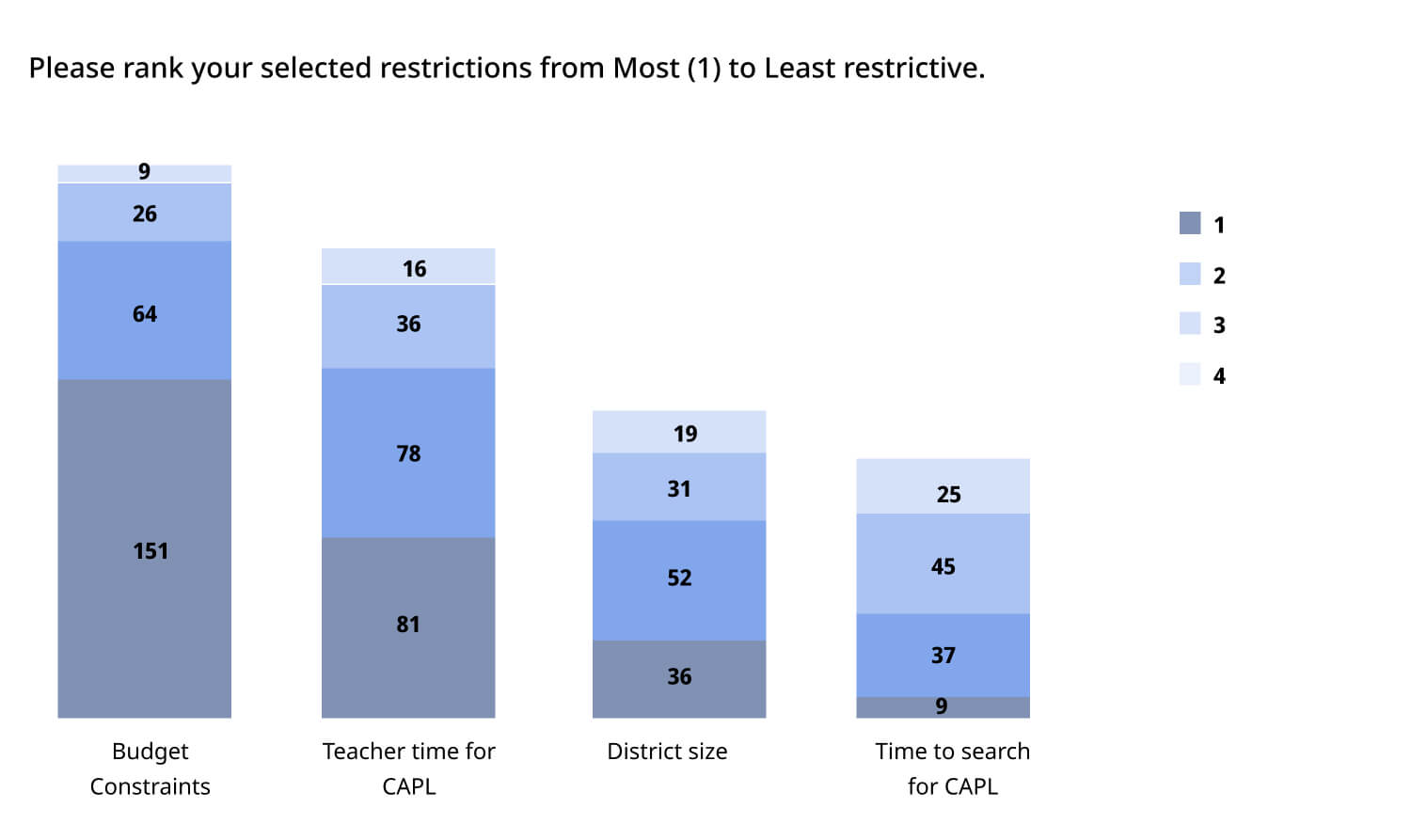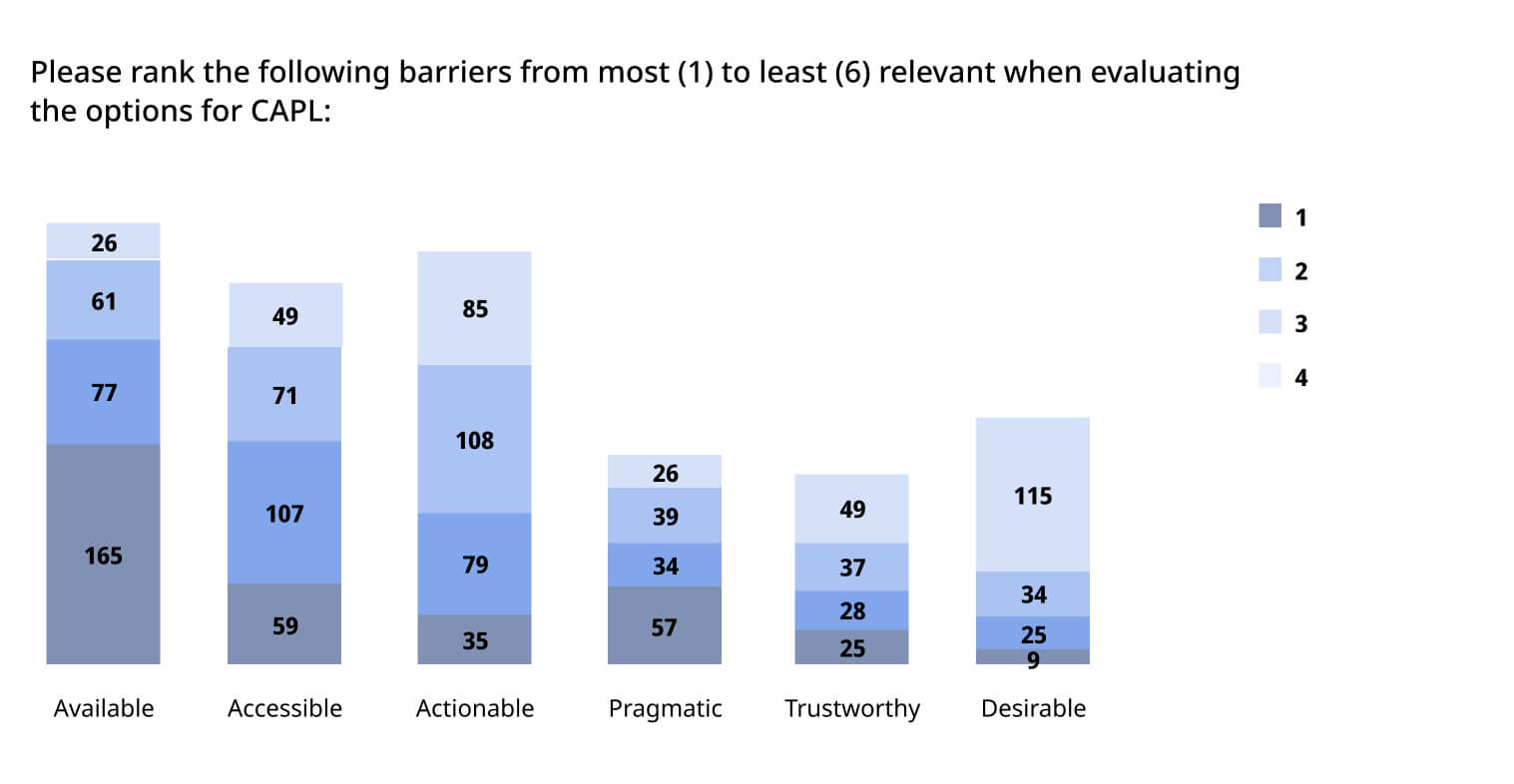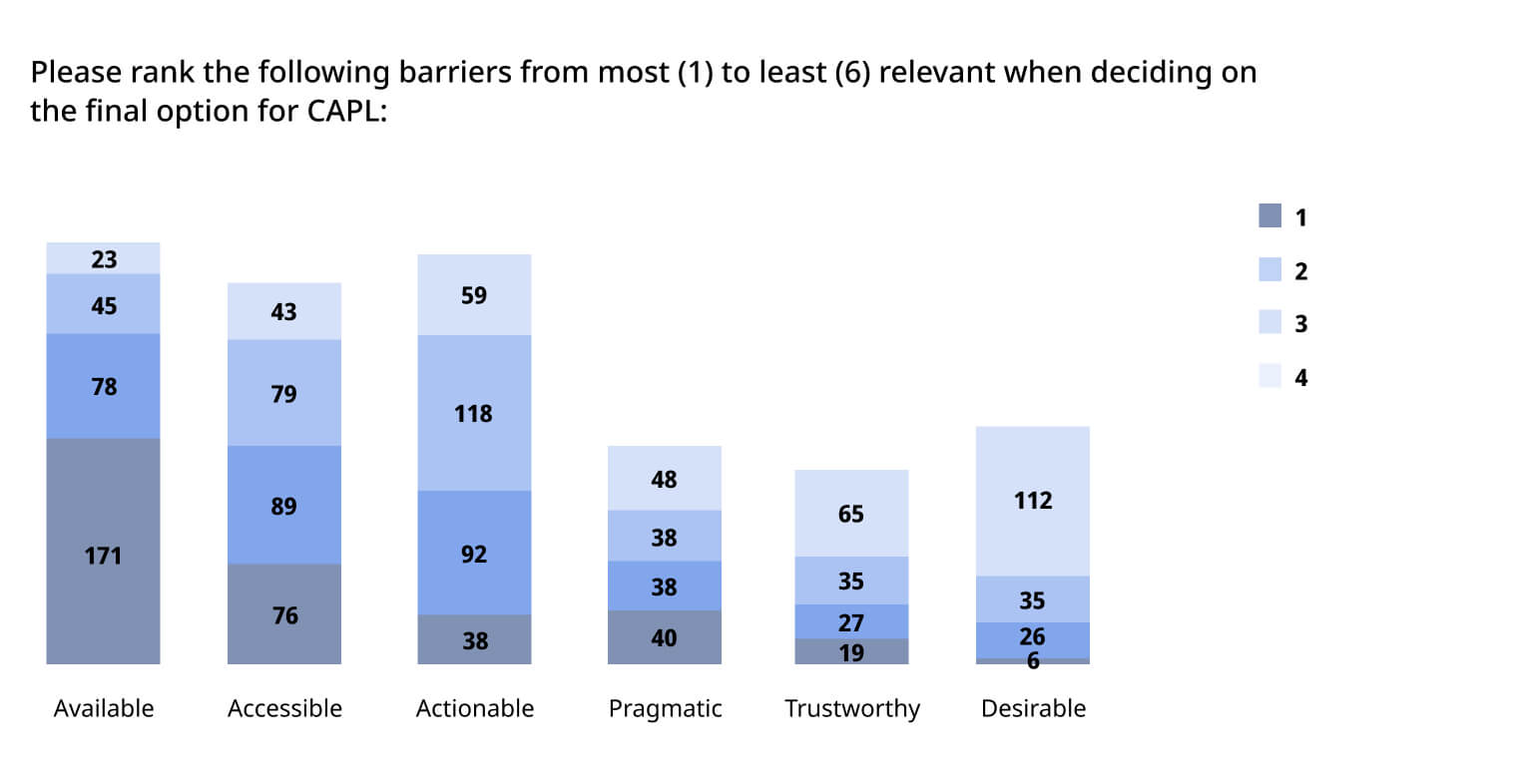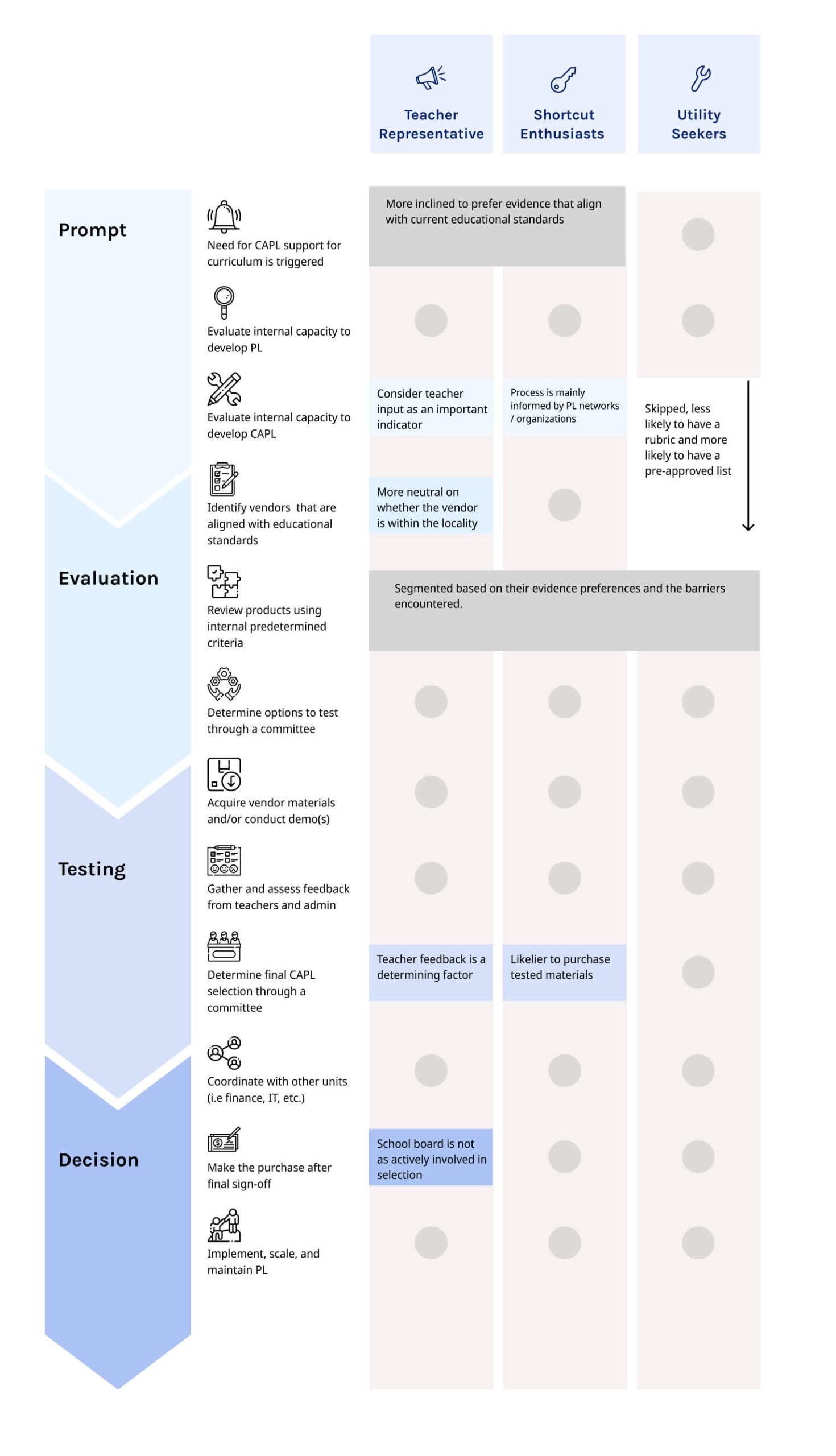This evidence creator capacity building toolkit is based on robust behavioral research, experimentation, and rigorous analysis; however, the underlying foundation is the research conducted to understand the procurement behaviors of curriculum, EdTech, and professional learning buyers in school districts.
While, for many districts, it is the same individual(s) that is/are responsible for procuring all three product/service types, this research was conducted separately for each ecosystem. Separate inquiry was necessary because behavioral personas are developed based on the decision-making processes and not necessarily the demographics or identities of target audiences. Meaning, a single superintendent may have different decision-making processes when selecting instructional materials versus when selecting EdTech products or professional learning services to purchase. This section outlines key insights from each of these ecosystems.





